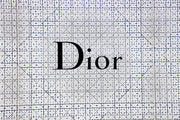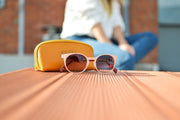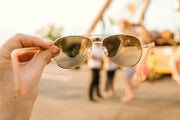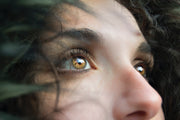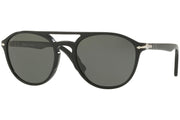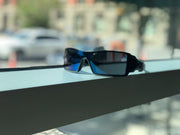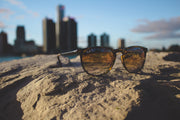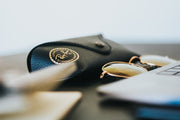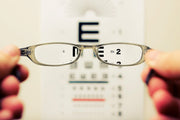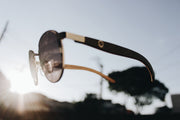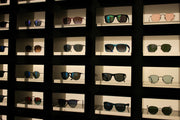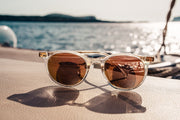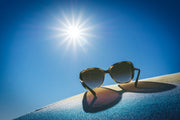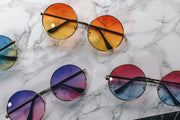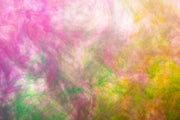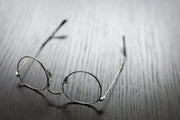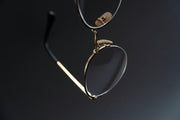Sunglasses have been around for centuries, and runners have worn them for many reasons. Read on to learn about all the information that you'll need.
Why Do Runners Wear Sunglasses?
Track runners wear sunglasses to prevent eye-injuries. Sunglasses can be an excellent way to protect your eyes from sticks, dirt, rocks, other athletes', and so on. This holds true even if you like to take your athleticism to the great outdoors or up into the mountains.
Should runners wear sunglasses?
Runners should wear sunglasses when running. In harsh weather, sunglasses can be a valuable ally when you run. They can prevent rains, snow, or winds from impairing your vision, resulting in an enhanced run.
Do sunglasses make you run faster?
Wearing sunglasses can improve your running performance thus make you run faster. A 2002 study conducted by the International Journal of Sport Psychology discovered that sunglasses could affect how you feel while running, which could affect the level of fatigue you perceive while you're running.
Can you wear any sunglasses running?
It would be best if you run wearing sunglasses that have 100% protection from harmful UVA and UVB rays. Polarized lenses help reduce glare and haze, making them a good choice if you frequently run near water or in very bright conditions.
Are Ray Bans good for running?
Ray-Bans are extremely good for running. They're made to last, and their eyes incorporate alloyed hinges, making sure these wayfarers endure the test of time and outlast all trail runs.
What color sunglasses are best for running?
Orange and yellow is the best color for running sunglasses. Both lenses protect your eyes from bright light by filtering out blue light. Sunglasses with a UV 400 label prevent the harmful UV component of sunlight from reaching your eyes and skin.
Are polarized sunglasses better for running?
Polarized sunglasses are better for running compared to regular sunglasses. Using lenses with polarized lenses can reduce visual glare from roads, eliminate distraction from what you’re trying to focus on, and help you engage in your jog or walk much easier. But when out and about in low-light or off-road scenarios, it's sufficient to wear polarized lenses if the lenses still protect your eyes from UV rays.
How do I keep my sunglasses on my face while running?
To keep sunglasses on your face while running, take two small hair ties of the same shade as your glasses and wrap them around the very ends of the glasses, where the earpieces end up, while running to maintain them on your face.
How do I stop my glasses from bouncing when I run?
There are several ways to stop your glasses from bouncing when you run but below are a few suggestions:
- Get a Nose Pads.
- Buy a Eyewear Retainer
- Pick Lighter Frames.
- Use a Sweat Band.
- Clean Your Glasses Regularly
Conclusion
In conclusion, sunglasses are an important piece of equipment for track runners. They protect the eyes from the sun and from debris that may fly up while running and help improve performance by reducing glare and helping to keep the eyes focused. For these reasons, it is important for track runners to wear sunglasses while running.


